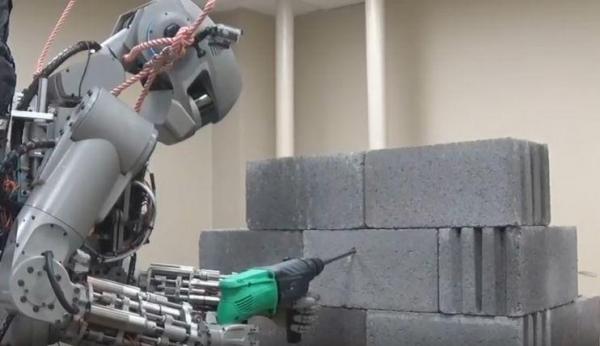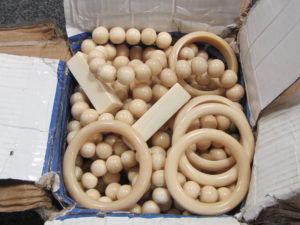Reportedly, Russia is hurling 2 humanoid robots to the ISS (International Space Station). The bots dubbed FEDOR have outstanding capabilities such as being capable of driving a car and firing guns. The report surfaced as the Roscosmos space agency gave a green signal to the plans of propelling the robots into space next August on board an unmanned Soyuz spaceship.
Previously robots were sent as cargo into space, however, the RIA Novosti website mentioned that 2 FEDORS—that extends to Final Experimental Demonstration Object Research—will hover to the ISS as team members.
In the previous year, Director General of Roscosmos, Dmitry Rogozin, stated that the FEDOR robot of the country was being trained to shoot guns making use of both arms, further mentioning that this new capability might assist in enhancing the robot’s decision-making skills and motion.
In addition, the FEDOR robot was also coached to operate a drill, lift weights, screw light bulbs, do push-ups, put keys into a lock, walk upright, drive, and open doors. Initially, the robot was designed for rescue purpose but engineers have recommended military applications for it.
Space agencies comprising NASA have been functioning on robots developed for a space mission. The US space agency, in 2015, hurled a humanoid robot named Robonaut 2 on board the ISS—the foremost dexterous humanoid robot to be hurled into space.
In June, the 15th cargo mission of SpaceX to the ISS transported the AI Robot CIMON, or Crew Interactive Mobile Companion. Astronauts will use CIMON to learn how AI might enhance undertakings in a space environment.
ISS crew members will evaluate how intelligent robots can reduce the strain and make the astronauts’ work simpler, which can have significant inferences for long-standing space assignments. NASA has long acknowledged the potential roles of robots in the space assignments.





Be First to Comment